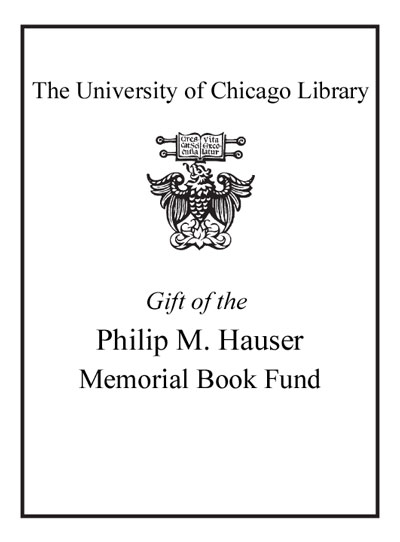Review by Choice Review
This detailed study of Flushing, Queens, carries special significance for today's political climate, in which multiculturalism is under scrutiny. At the heart of historian Hanson's narrative rests the question of whether there are limits to religious pluralism. Hanson (Univ. of Pennsylvania) builds on earlier sociological work, and his choice of Flushing follows from New York City's origins in the 17th century as one of the first colonial sites to receive a guarantee of religious freedom, thus representing the diverse strands of religious and ethnic immigration for more than three centuries. This focus on religious sectarian developments permits Hanson to probe beyond the obvious categories of Protestant, Catholic, and Jew and follow the myriad differences that characterize waves of non-monotheistic faiths since the mid-20th century, notably those from Asia. Diversity in the 21st century is more complex than traditional immigration history presents, moving beyond the older "melting pot" narrative. The point, Hanson concludes, is that although Flushing is unusual, the vast bland whiteness of Christian America will soon be forced to confront increasing religious pluralism. Suburbs and rural villages will awaken to diversity as never before, and they damned well better get used to it and live in toleration, as has Flushing for more 300 years. Summing Up: Highly recommended. All levels/libraries. --Jeff Kleiman, University of Wisconsin Colleges-Marshfield
Copyright American Library Association, used with permission.
Review by Publisher's Weekly Review
In 1657, the people of Flushing, now a neighborhood of Queens, N.Y., drafted the Flushing Remonstrance, a plea for religious liberty and diversity, in the face of an attempt by New York governor Peter Stuyvesant to persecute anyone who was not a member of the Dutch Reformed Church. From colonial times, Flushing, which its residents often call "the birthplace of religious freedom," has teemed with religious diversity fostered by immigrants who bring their own religious traditions and fervently practice them. Hanson's intimate portrait of lived religion in this New York City neighborhood is at once tedious and inspiring. Hanson offers a detailed history of Flushing from its earliest colonial days, discussing its growth into a "community of churches" in the 19th century and its dramatic expansion in the 20th century beyond the "Protestant-Catholic-Jew" model into a bustling religiously diverse community where Hindus, Sikhs, Muslims, and Buddhists live side by side in relative religious harmony. Hanson points out that the relative absence of religious conflict in Flushing illustrates the promise of such a religiously pluralistic community, though spatial and theological limits challenge the quest for unity. He urges interaction and cooperation that lead to tolerance, ecumenism, and inclusivism, rather than conflict, intolerance, proselytism, and nativism. The prose is flat, but readers will still enjoy this glimpse at the lived religions of a particular community, which deserves a place alongside Robert Orsi's The Madonna of 115th Street. (July) © Copyright PWxyz, LLC. All rights reserved.
Review by Choice Review
Review by Publisher's Weekly Review

